Introduction
Zongzi, a traditional Chinese delicacy wrapped in bamboo or reed leaves and filled with glutinous rice, meats, beans, or other ingredients, holds a cherished place in culinary heritage, particularly during the Dragon Boat Festival. These pyramid-shaped treats are labor-intensive to prepare from scratch, leading many to opt for frozen varieties. However, cooking frozen zongzi to perfection requires precision, especially when using a pressure cooker—a kitchen appliance renowned for its ability to expedite cooking times while preserving flavor and texture. This article delves into the science and techniques behind cooking frozen zongzi in a pressure cooker, exploring factors like cooking time, pressure levels, and tips to achieve ideal results. Whether you’re a novice or a seasoned cook, mastering this process ensures a delightful meal that honors tradition and convenience alike.
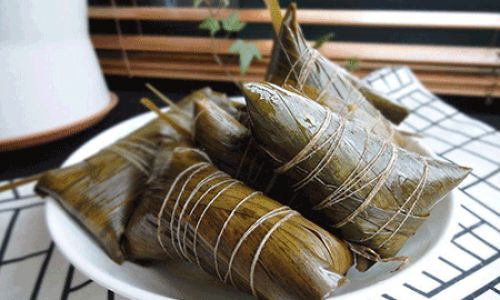
Understanding Frozen Zongzi: Composition and Challenges
Before diving into cooking methods, it’s essential to grasp the structure of frozen zongzi. Typically, they consist of glutinous rice (sticky rice), fillings such as pork, mushrooms, or red bean paste, and are tightly wrapped in leaves. Freezing solidifies the rice and fillings, creating a dense, compact structure. This rigidity poses a challenge: heat must penetrate the center thoroughly to cook the rice without overcooking the exterior.
The leaves play a dual role: they impart a subtle aromatic flavor and act as a barrier, preventing moisture loss. However, during freezing, ice crystals may form, which can alter the texture if not managed correctly. A pressure cooker’s high-pressure environment combats these challenges by raising the boiling point of water, allowing heat to penetrate faster than conventional methods.
Why Use a Pressure Cooker?
Pressure cookers are revolutionary tools for several reasons:
- Speed: They reduce cooking time by up to 70% compared to boiling or steaming.
- Moisture Retention: The sealed environment traps steam, ensuring zongzi remains moist and tender.
- Energy Efficiency: Shorter cooking times translate to lower energy consumption.
- Consistency: The controlled pressure and temperature minimize the risk of uneven cooking.
For frozen zongzi, these benefits are critical. Traditional methods like stovetop boiling may take 1–2 hours, while a pressure cooker accomplishes the task in a fraction of the time.
Determining the Ideal Cooking Time
The million-dollar question: How long should frozen zongzi cook in a pressure cooker? The answer hinges on several variables:
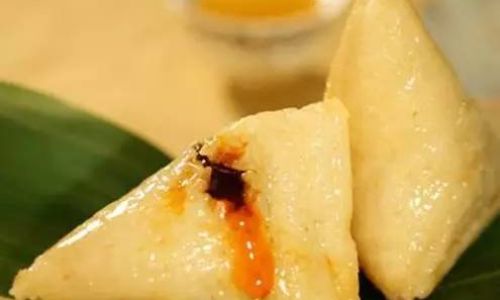
- Size and Thickness: Larger zongzi (over 150 grams) require more time than smaller ones.
- Ingredients: Meat-filled zongzi may need slightly longer to ensure the protein cooks through.
- Pressure Level: Most recipes recommend high pressure (12–15 PSI).
- Altitude: High-altitude areas may require adjusted times due to lower boiling points.
General Guidelines:
- Standard-Sized Zongzi (100–150 grams): 15–20 minutes on high pressure.
- Large/Jumbo Zongzi (200+ grams): 20–25 minutes on high pressure.
- Vegetarian/Bean-Filled Varieties: 12–15 minutes, as beans soften quickly.
Important Note: These times assume the zongzi is cooked directly from frozen. Thawing is unnecessary and may lead to mushy textures.
Step-by-Step Cooking Process
-
Preparation:
- Rinse the Pressure Cooker: Remove residual food particles to prevent burning.
- Add Water: Pour 2–3 cups of water into the pot. Avoid submerging the zongzi to prevent sogginess.
- Use a Trivet or Steamer Basket: Elevate the zongzi above the water to ensure even steaming.
-
Arrange the Zongzi:
Place frozen zongzi in a single layer on the trivet. Avoid overcrowding, as this impedes steam circulation. If cooking multiple batches, opt for shorter, staggered intervals.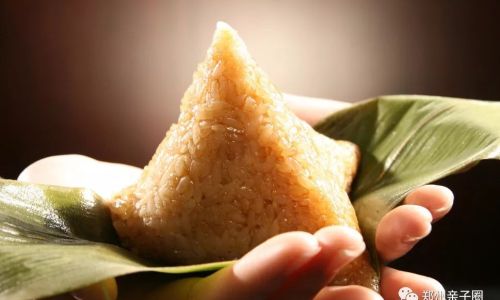
-
Seal and Pressurize:
- Lock the lid securely.
- Select the “High Pressure” setting.
- Set the timer according to the zongzi’s size (15–25 minutes).
-
Natural vs. Quick Release:
- Natural Release: Allow pressure to dissipate slowly (10–15 minutes). This prevents sudden temperature changes that might burst the leaves.
- Quick Release: Use only if in a hurry, but exercise caution to avoid steam burns.
-
Check for Doneness:
Carefully unwrap one zongzi. The rice should be tender but not mushy, and the filling fully cooked. If undercooked, reseal and pressure-cook for an additional 3–5 minutes.
Troubleshooting Common Issues
- Soggy Zongzi: Excess water or overcooking. Reduce liquid by ½ cup next time.
- Dry Texture: Insufficient water or undercooking. Increase liquid slightly and extend time by 2–3 minutes.
- Burst Leaves: Rapid pressure changes. Always use natural release.
- Uneven Cooking: Overcrowding the pot. Cook in batches if necessary.
Advanced Tips for Perfect Results
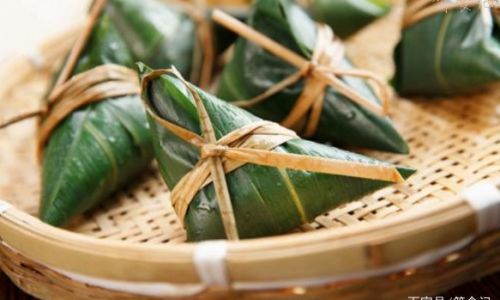
- Flavor Infusion: Add aromatics like ginger slices, star anise, or soy sauce to the cooking water for subtle flavor enhancement.
- Thawing (Optional): While not required, thawing zongzi for 30 minutes at room temperature can reduce cooking time by 2–3 minutes.
- High-Altitude Adjustments: Increase cooking time by 10–15% to compensate for lower atmospheric pressure.
- Electric vs. Stovetop Pressure Cookers: Electric models may require 1–2 extra minutes due to slower heating.
Customizing Flavors and Fillings
The beauty of zongzi lies in its versatility. Experiment with fillings like:
- Savory: Pork belly, salted egg yolk, mushrooms.
- Sweet: Red bean paste, jujube, lotus seeds.
- Vegan: Mixed nuts, dried fruits, or pumpkin.
Adjust cooking times slightly based on fillings. For example, dense meats like beef may benefit from an extra 2–3 minutes.
Safety and Maintenance
Pressure cookers demand respect to avoid accidents:
- Inspect Seals and Valves: Replace worn gaskets to prevent leaks.
- Avoid Overfilling: Never exceed the “max fill” line to prevent blockages.
- Handle with Care: Use oven mitts when releasing steam.
- Clean Thoroughly: Remove food particles from valves and seals after each use.
The Science Behind Pressure Cooking
Understanding the physics of pressure cooking demystifies its efficiency. At sea level, water boils at 212°F (100°C). Inside a pressure cooker, pressure raises the boiling point to 240–250°F (115–121°C). This higher temperature accelerates the Maillard reaction (browning) and gelatinizes starch in the rice faster, resulting in tender, flavorful zongzi.
Additionally, the steam’s pressure forces moisture into the rice grains, ensuring even cooking without drying out the filling. This dual action—heat and pressure—works synergistically to transform frozen zongzi into a culinary masterpiece.
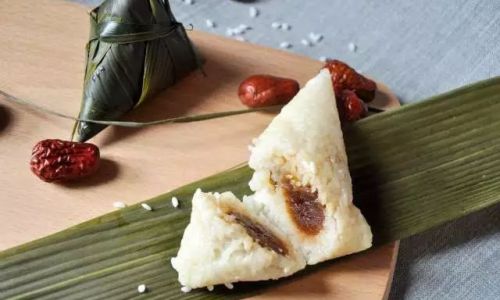
Cultural Significance and Modern Adaptations
Zongzi’s history dates back over 2,000 years, tied to the legend of Qu Yuan, a patriotic poet. Today, it symbolizes unity and heritage. Modern adaptations, like frozen zongzi and pressure cooker methods, reflect society’s need for convenience without sacrificing tradition. By mastering pressure cooker techniques, you bridge generations, honoring the past while embracing innovation.
Conclusion
Cooking frozen zongzi in a pressure cooker is a blend of art and science. By adhering to recommended times, understanding your equipment, and adapting to variables like size and fillings, you can consistently achieve perfect results. Whether you’re celebrating a festival or craving a comforting meal, the pressure cooker ensures this timeless treat remains accessible and delicious. Experiment, savor the process, and let the aroma of perfectly cooked zongzi fill your kitchen with tradition and joy.

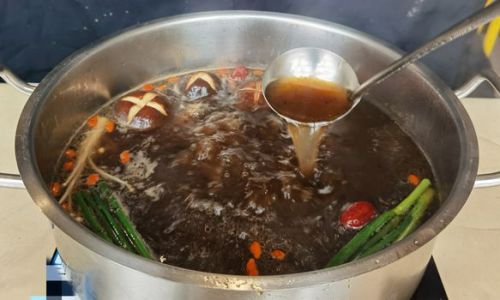
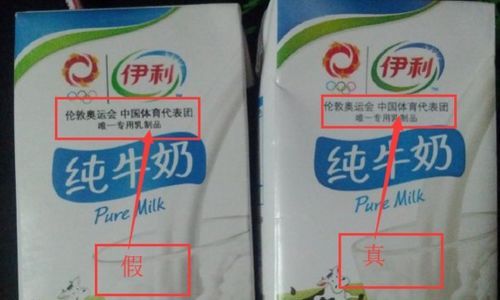
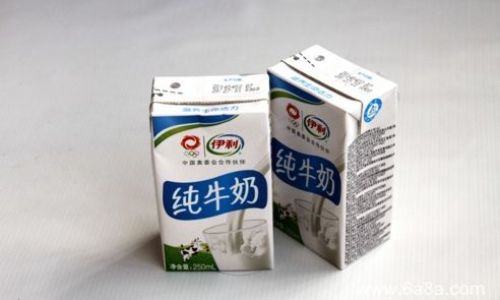

0 comments